The “Hiker” Adjective
Out on the Pacific Crest Trail, you will hear a lot of people refer to the “hiker” somethings.
The somethings are described by the word “hiker” to differentiate them from your every day somethings.
What are the somethings?
Well, the three things you hear being modified by the hiker adjective most often are legs, hobble, and hunger.
Hiker Legs
Often you find people neglecting their legs as a muscle group, choosing instead to focus on the biceps or abdominals (curls for the girls, bro).
However, hikers do not risk such disproportionality, in fact, it’s quite the opposite.
Hiker legs (also known as “trail legs”) are earned from repeated days of backpacking over an extended period of time (say, three to four months). On the PCT, most hikers will have found their hiker legs by Kennedy Meadows, the end of the desert, and they will then be ready to take on the more mental challenge of the PCT (bears, solo camping, and dealing with hiker food), and trust me, the mental challenges of the trail far outweigh the trivial blisters and aches of the trail’s beginning.
Hiker legs are commonly accompanied by a hardening of the feet and an end to the ever-present blisters Other side effects include: people staring at your god-like calves, improved stamina, and a substantially increased walking speed.

Hiker Hobble
Not only will the PCT turn you into an incredible hiking machine capable of crushing climbs up to 14,000 feet and turning out 30-plus miles a day, but it will also turn you into a hobbling elderly person incapable of walking from a motel bed to the toilet.
For whatever reason, as soon as you get off the trail, walking becomes the most demanding of tasks. It is what you do every day, for hours on end, but it becomes nearly impossible around town.
If you find yourself in a town frequented by PCT hikers, it will be easy to pick them out by keeping an eye out for their hobble. Limping around town as a result of a foot injury, blisters, muscle aches, and exhaustion you will wonder how any of these people manage to hike anywhere ever.
Hiker Hunger
Walking dozens of miles per day, every day, with your twenty-something pound (hopefully not too much more) life in a backpack, burns a lot of calories.
A lot.
As a result of the hiker’s body burning off all of its energy, there is a constant demand for more fuel. In a typical person, once a meal is eaten, that person’s hunger will subside after allowing adequate time for digestion. But where hikers are concerned, the hunger persists in the face of any gluttonous attempt to quench its fire.
You are constantly eating and you are always hungry on the PCT, and when you finally do get that meal of five cheeseburgers and five hot dogs, you have been dreaming of – it is glorious (and quite impressive to watch should you ever have the opportunity).

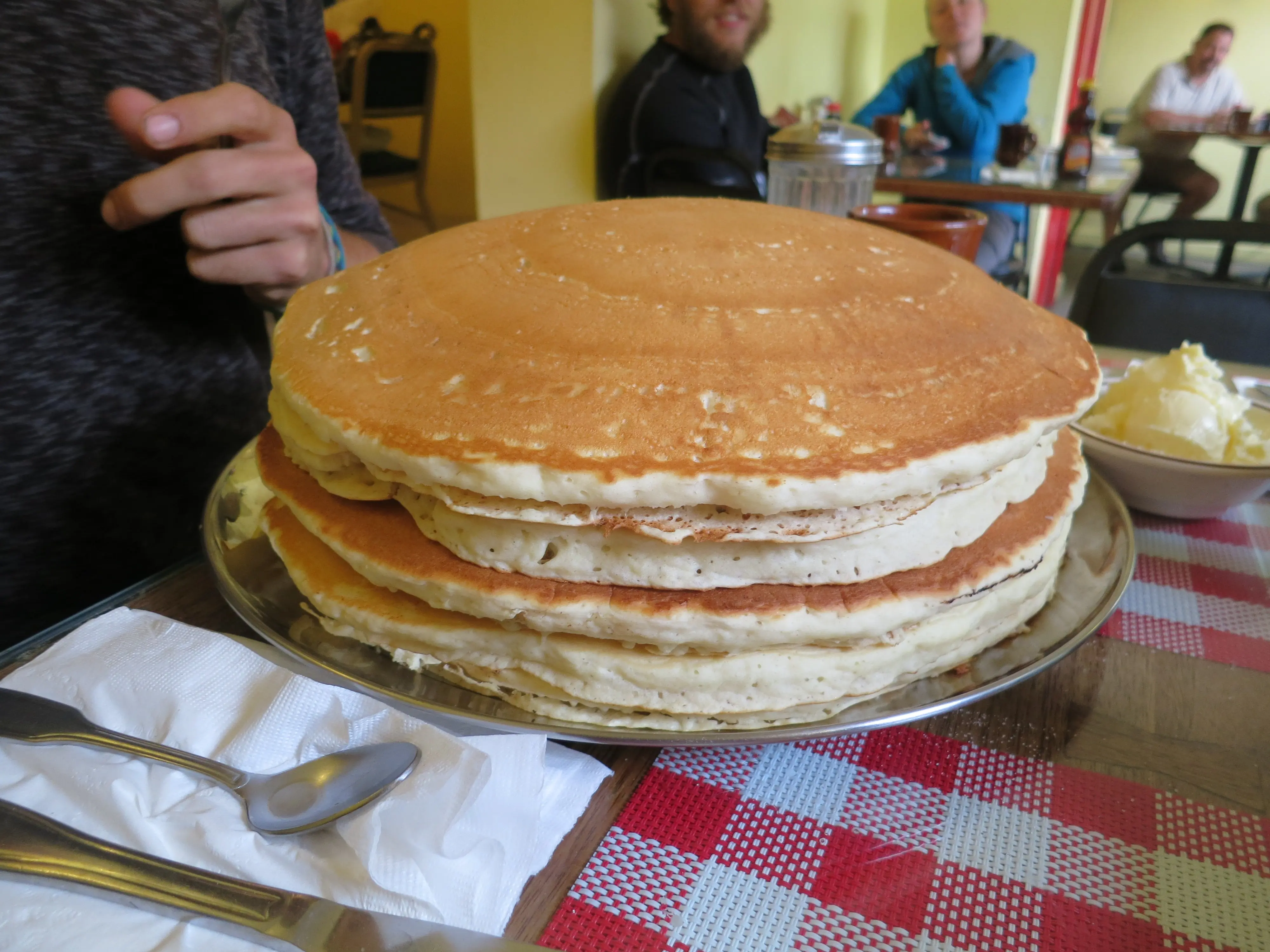
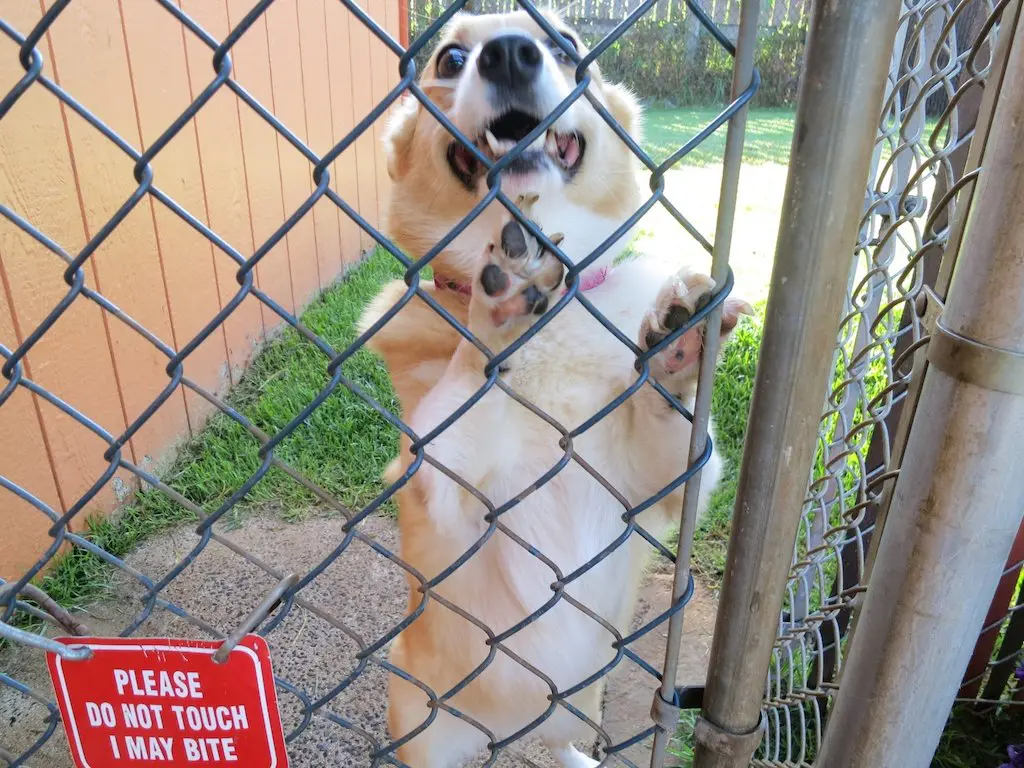
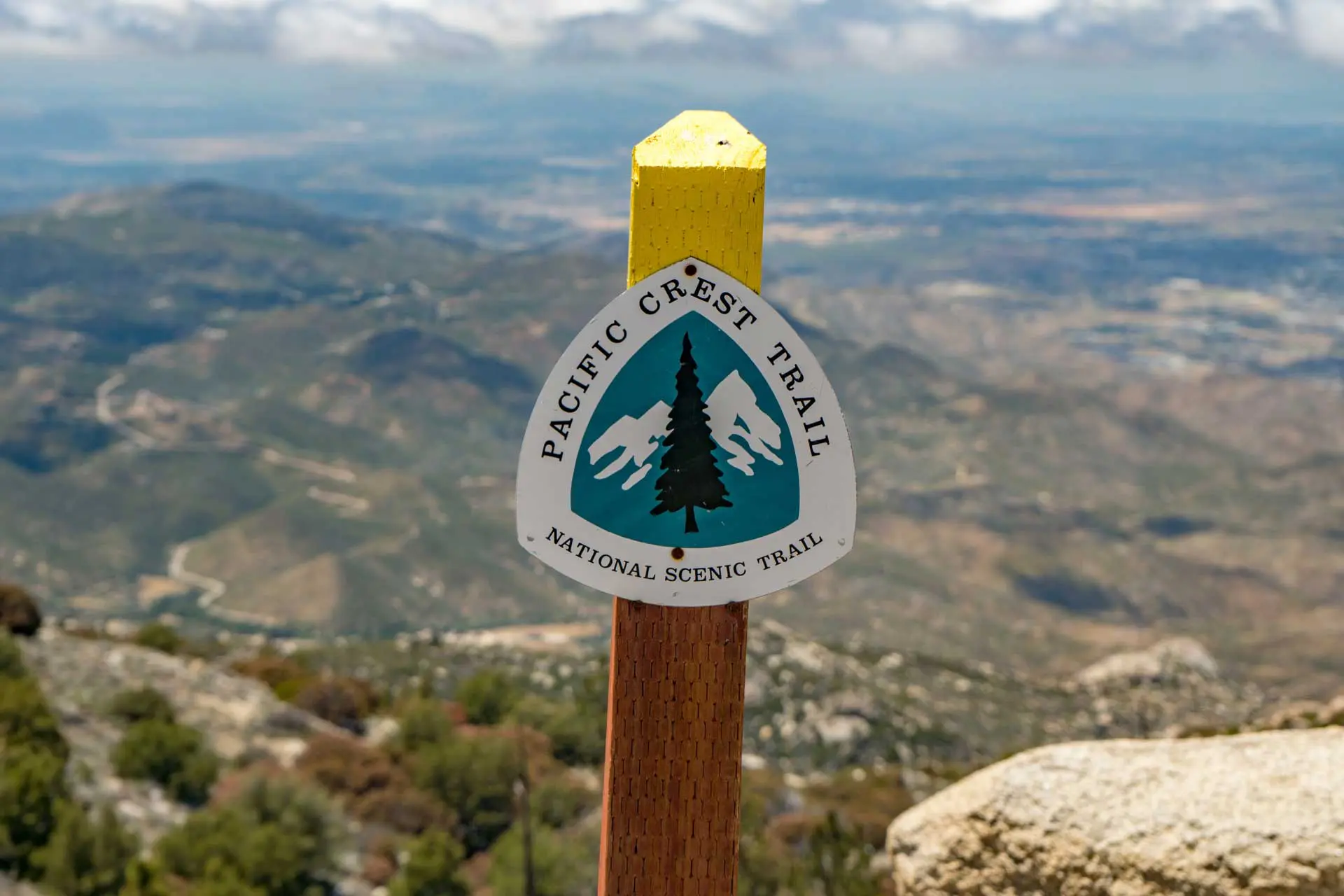

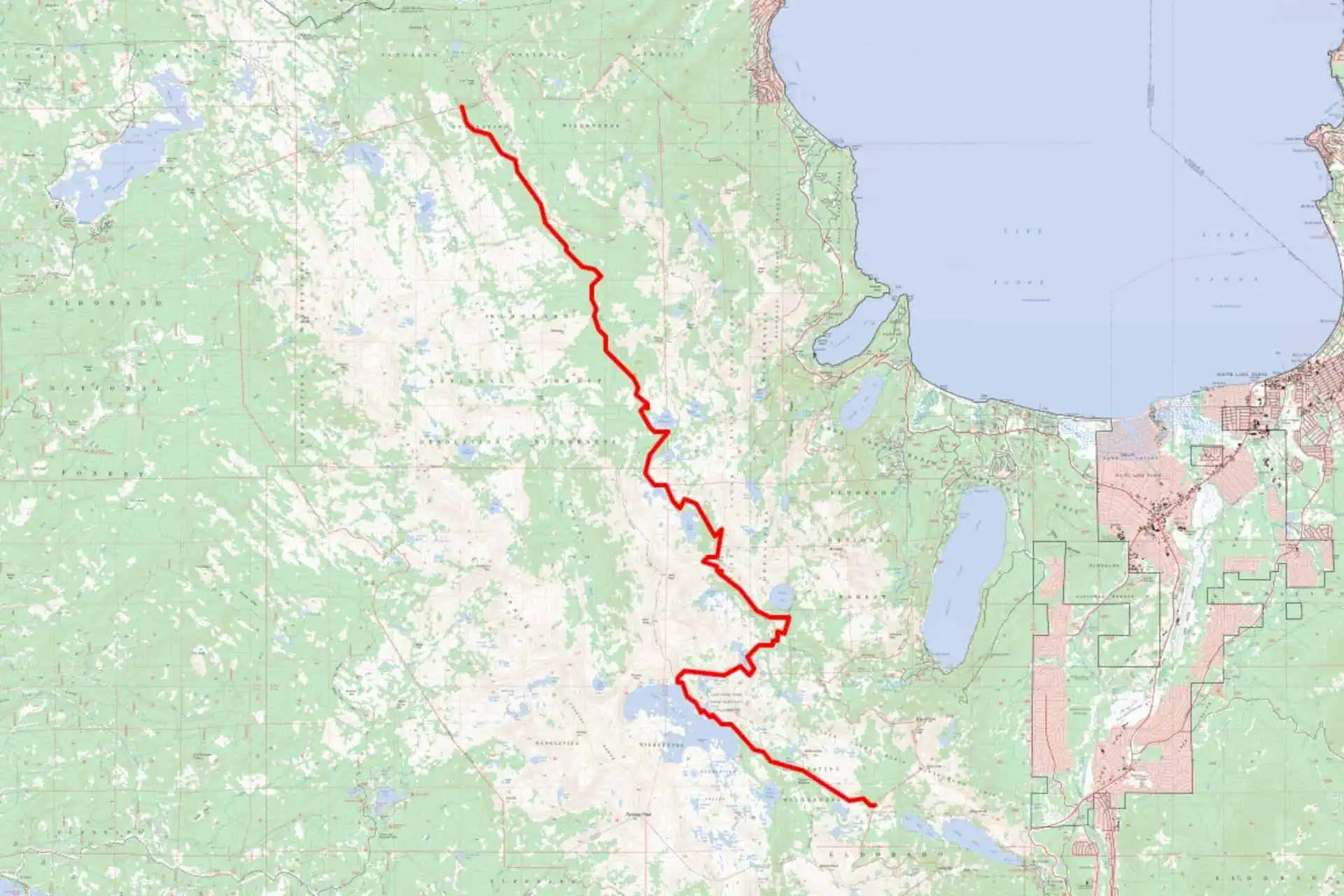
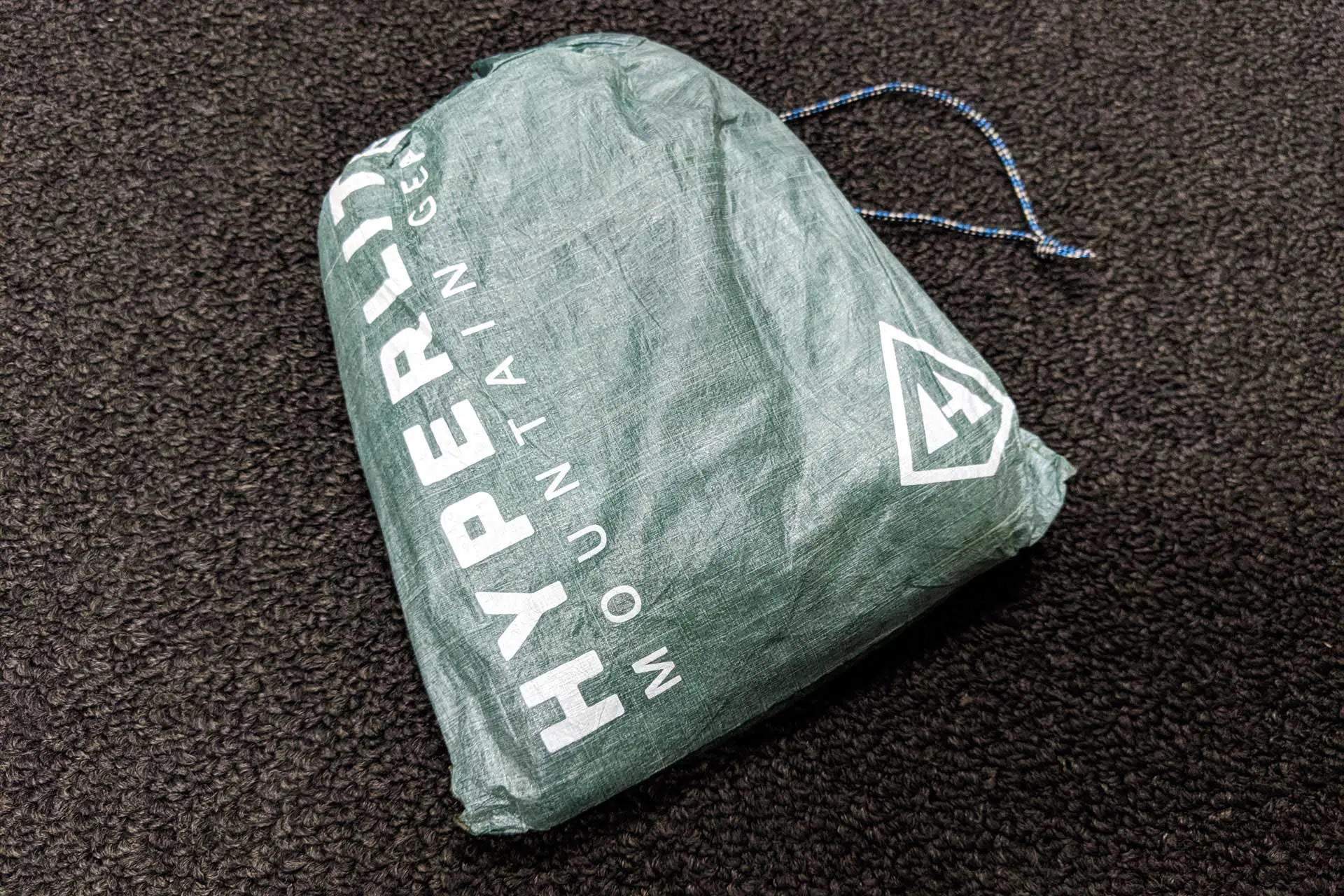

Thank you for writing about this! I am retired and training my body for long distance thru-hiking by walking state and national park trails near my home, carrying my backpack loaded with 20 to 25 lbs. of food, water and camping gear.
After managing to hike for 30 miles without a backpack several times without any problem, I began carrying supplies in my backpack and found myself having trouble walking after I was done hiking. I developed sore feet, blisters, lower back, hip and knee pain, and limped from the trail end to my parked car the first time I carried the loaded backpack. I shortened my hikes to 10 miles and still found myself hobbling from the trail to the car and also hobbling around my home. I was worried that my body was breaking down and beginning to give up the idea of thru-hiking.
I am very relieved to learn that it is common for PCT hikers to hobble around town, so although this is not a good thing, thru-hiking is still possible for me. Thank you!
I also noticed that my appetite has increased significantly since I began my thru-hike training, although my weight has remained about the same, for now.
Happy to have you here! Enjoy your adventures!